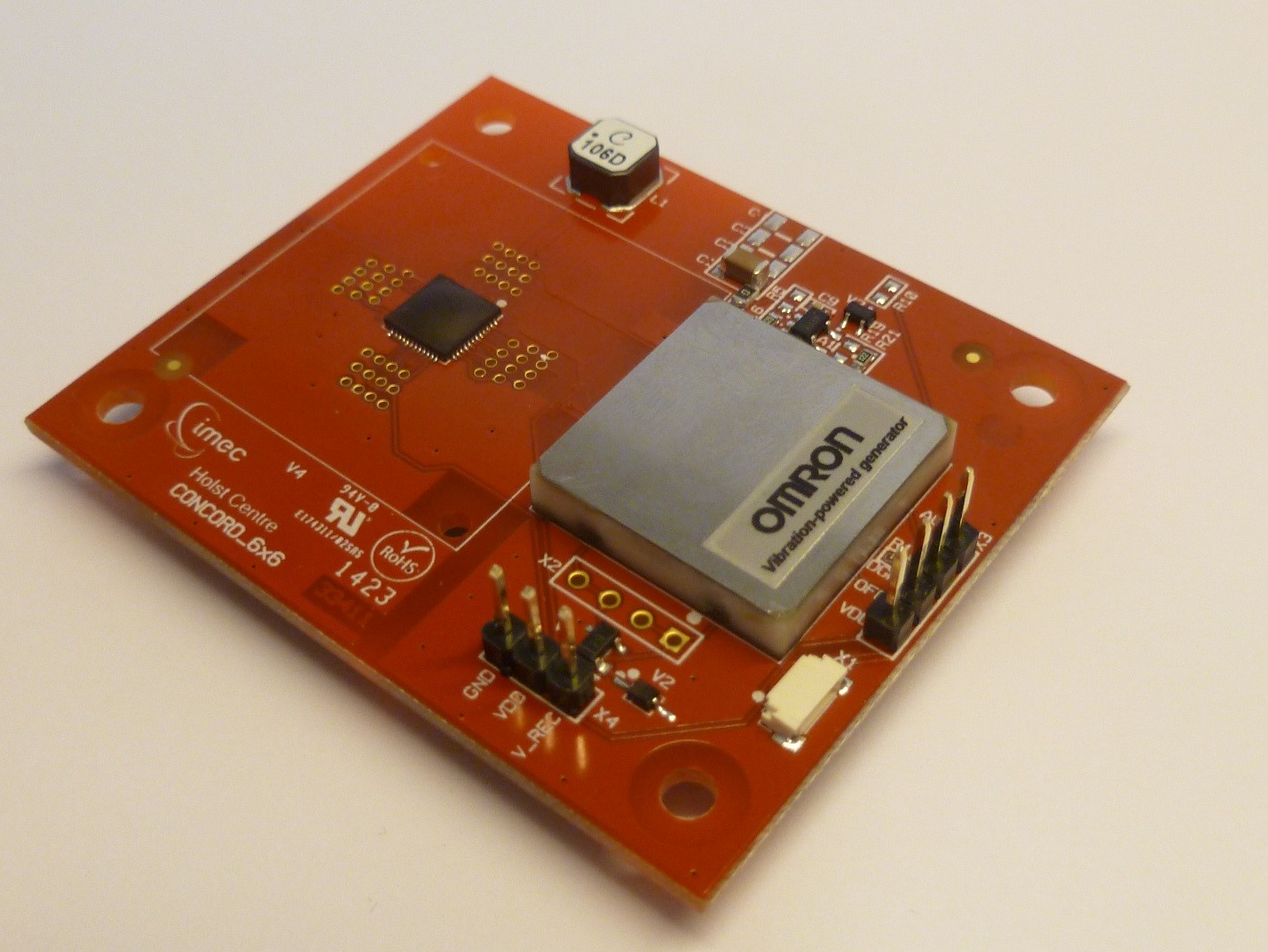
Delivering much more for less energy
We live in a day and age when energy efficiency is the major differentiator for manufacturers of electromechanical switches and sensors. This is as a result of a global campaign to cut down on carbon emissions and decelerate global warming. Design engineers and consumers have increasingly become inclined toward low power devices hence low power revolution in sensor design.
Omron is proving to be one of the top manufacturers that is delivering some of the markets best low power sensors. Omron offers some of the simplest, reliable and affordable electromechanical switches and switches that can be used to provide electromechanical isolation. They are very critical in the pursuit of energy efficiency as human beings cannot be relied on to switch equipment on and off when they are no longer needed.
Omron is manufacturing its switches and relays in response to the challenge of eliminating energy wasted by systems when left on standby for long periods of time. The revolution is centered on making systems the ability to power themselves down at pre-set times or when they are not in use.
-
Electrical isolation
The ability of electromechanical components to provide complete isolation is very important in designing renewable energy resources, for instance, solar panels. Solar photovoltaic panels sometimes need to be disconnected so as to prevent grid overload and to allow safe maintenance. This level of disconnection cannot be achieved using semiconductors like the solid-state relays or power MOSFET. Relay manufacturers like Omron have responded to this challenge by offering relays that offer adequate safety isolation, low power consumption, reliable performance and failsafe operation.
-
Motion/presence sensors
One big challenge faced by automation engineers is finding sensors that reliably detect the presence of occupants in a room. Motion sensors are prone to fooling as the systems are sometimes turned off when the occupants sit still or turned on when a wind blows on the curtains. To curb this, new technologies have been developed, one such technology uses body heat to detect occupants. Another such technology uses gesture and face recognition, it is continually being integrated into ready-to-use modules and is available for integration into systems.
-
Energy savings
The revolution is on and it will not stop anytime soon. Manufacturers are constantly looking for new ways to reduce energy consumption in equipment and sensors. The levels of innovation keep going up. They are constantly finding new ways to help consumers cut on the amount energy they use on their components. Omron is already showing us that the revolution is capable of yielding fruit. How much fruit it can yield is anyone’s guess.








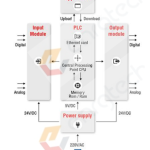
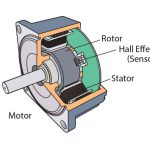
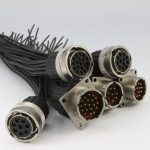
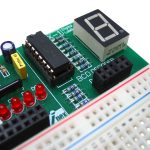
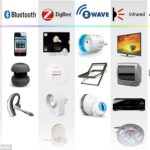


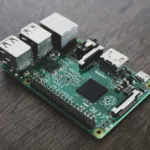

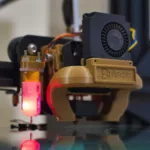




2 Comments